A short guide to the National Gallery, for those who don’t have much time.
This post on the painting to see at the National Gallery in London was published on 16 October 2015 and has been update in March 2020.
The entrance to the National Gallery has been recently changed. Now we can only enter from the Sainsbury Wing, which is the building on the left hand side, and no longer form the main entrance under the columns. This means that my initial plan has been completed reversed, and our visit start from the end – so to speak. The Green Area, which includes all my favourite paintings (and in particular the French impressionists and all paintings from 1700 to 1900), is now at the end of our tour, while it used to be very easy to reach for someone entering the gallery from Trafalgar Square.
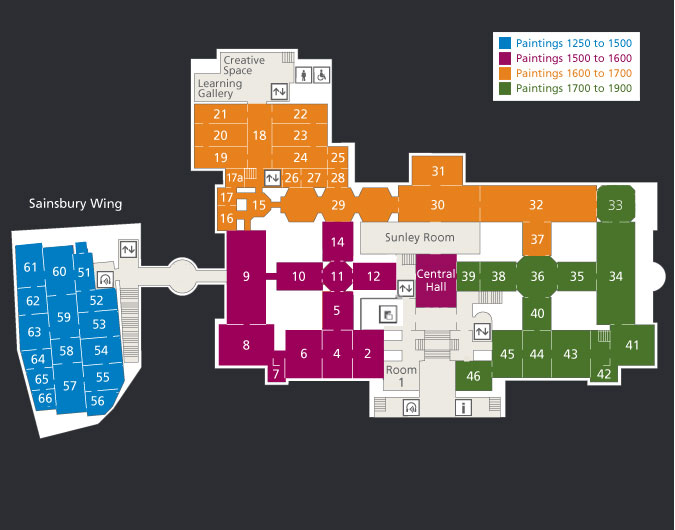
The National Gallery has one of the most important collections of paintings of the whole world, and if you are in London it should be in your list of places to visit. I love galleries and museums, but I prefer to visit them over and over again, rather than taking all in in one single visit. In London, this is much easier, because the entrance to many museums and galleries is completely free. Another problem that I find when I visit a museum I have never seen before is that I get easily lost and I end up missing some of the most interesting things. Wouldn’t it be better to have someone to point you to the right direction? This is why I’ve decided to make this short guide, which gives you a list of the 10 best paintings that you cannot absolutely miss in the National Gallery. Obviously some personal tastes are also reflected in the list, although I’ve done my best to be quite impartial.
You can always choose a different approach. For instance, if you have your own favourite artistic period, you can simply visit only the dedicated rooms. The National Gallery divides the paintings according to their period in 4 groups of rooms:
Paintings from 1250 to 1500
In the blue area, located in the Sainsbury Wing, you can find paintings by Raffaello, Piero Della Francesca, Botticelli and Leonardo Da Vinci.
Paintings from 1500 to 1600
In the purple area you can find those of Tiziano and Michelangelo. Unfortunately at present some rooms of this section are closed for refurbishing.
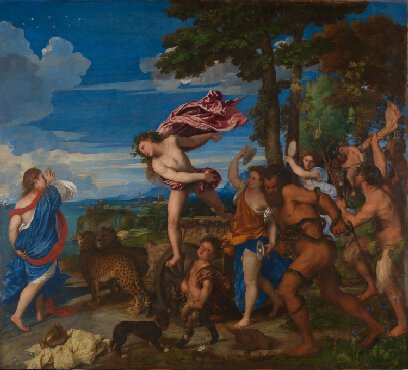
Paintings from 1600 to 1700
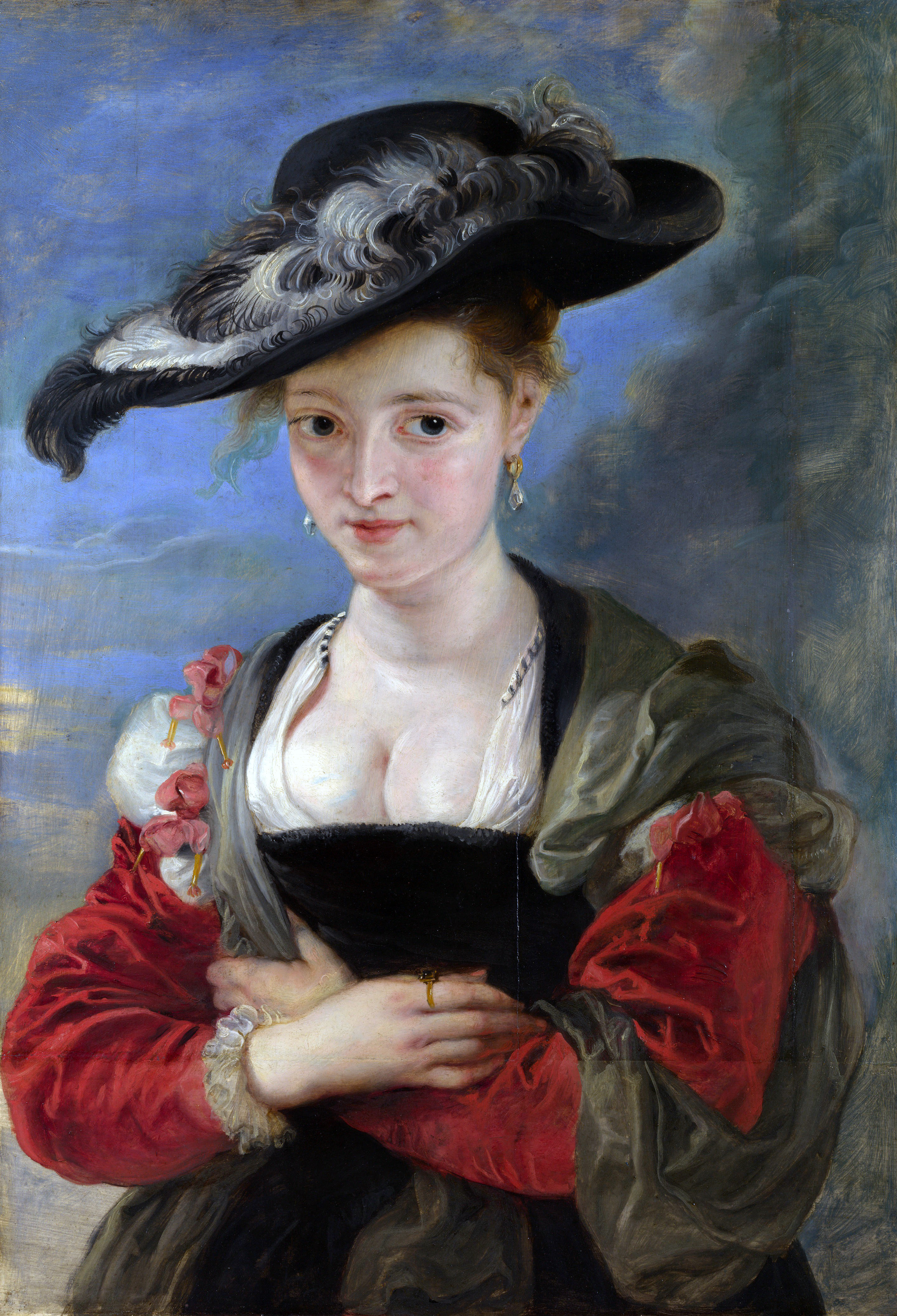
In the yellow area we can find many paintings of the Flemish School, including Rubens, Van Dyck, Vermeer and Rembrandt. Walking along the rooms of this section we can also find masters from Italy and Spain, like Caravaggio and Velazquez.
Paintings from 1700 to the early 1900
In the green area we find the works of the English artists Turner and Constable, but also the beautiful views of Venice by Guardi and Canaletto. Eventually, you will get to the room of the Impressioninsts, where you can admire the fabulous works of Monet, Van Gogh, Seurat, Degas, Cézannes, and many more.
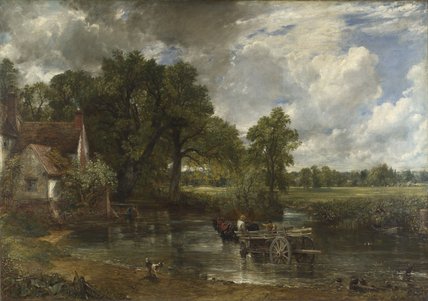
If you do not have much time for your visit, I have prepared a simple itinerary that will help you find the the most famous paintings in the National Gallery:
- Virgin of the rocks – Leonardo Da Vinci (room 66)
- Mars and Venus – Botticelli (room 58)
- Samson and Delilah – Rubens (room 18)
- Lady standing at a virginal – Vermeer (room 16)
- Rokeby Venus – Velazquez (room 30)
- The stonemason’s yard – Canaletto (room 38)
- The Fighting Temeraire – Turner (34)
- Bathers at Asnières – Seurat (room 43)
- Sunflowers – Van Gogh (room 43)
- Bathers at La Grenouillère – Monet (room 44)
NB: Hopefully the paintings are still in the indicated rooms. Unfortunately, sometimes the paintings are removed for external exhibitions, or because the rooms are under repair. This guide has been updated in March 2020.
1.Virgin of the rocks – Leonardo Da Vinci (room 66)
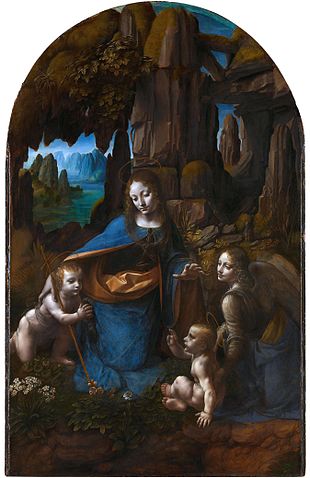
What a start: the first unmissable painting at the National Gallery is the famous Virgin of the rocks, by Leonardo. After the entrance walk up the long staircase on the right, and once you have reached the top, turn left into the rooms of the Sainsbury Wing. Pass through the rooms 51 and 60 and reach the room 61, from where you can go straight to the room 66, where you’ll find Leonardo’s painting. A previous version of this paintings can be found at the Louvre museum in Paris. Recently, the National Gallery has dedicated a whole exhibition to this painting only.
2.Mars and Venus – Botticelli (room 58)
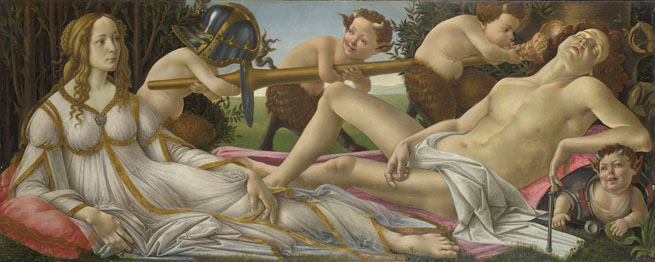
Walking back to the room 65, we turn right into the room 58, where this amazing work of Botticelli can be found. Botticelli’s gods and goddesses are always particularly beautiful. Mithology always had a special fascination for painters like Botticelli.
3.Samson and Delilah – Rubens (room 18)
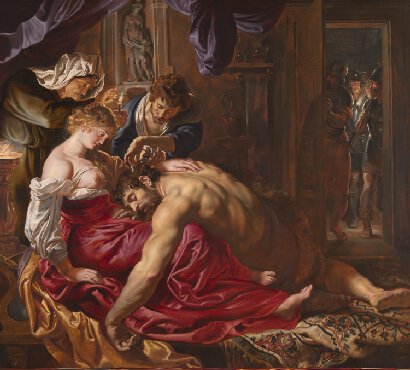
What a contrast from the ethereal beauty of Botticelli’s figures, to the muscular strength of Rubens! To reach the room 18, first we need to leave the Sainsbury Wing, enter the room 9 and turn left towards the yellow zone.
4.Lady standing at a virginal – Vermeer (room 16)

Vermeer is considered one of the most important Flemish painters of the XVII century. His most famous painting – Girl with a Pearl Earring – is in the Art Museum of Den Haag, in the Netherlands, but this portrait of a woman standing at a virginal represents his style well.
5.Rokeby Venus – Velazquez (room 30)
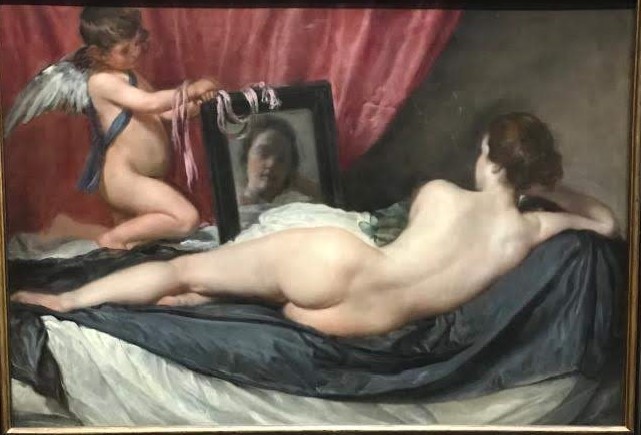
This is not only one of the most famous painting of Velazquez’s, but it also the only surviving female nude of this superb Spanish painter. A true masterpiece and absolutely one of the not to be missed paintings of the National Gallery.
6.The stonemason’s yard – Canaletto (room 38)
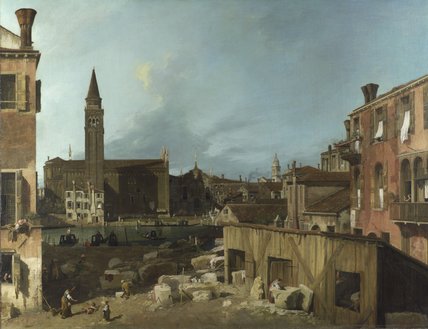
From the room 30 we cross the room 32 and we turn right into the room 37, then from the room 36 we turn right again to enter the room 38. Here we can find many paintings by Canaletto, like his well known views of Venice. This painting is one of his most celebrated works.
7.The Fighting Temeraire – Turner (room 34)

Walking back to the room 32 we go straight into the room 33 and then we turn right. We are now in the Green Area. In the room 34 we can admire this masterpiece by Turner.
8.Bather at Asnières – Seurat (room 43)
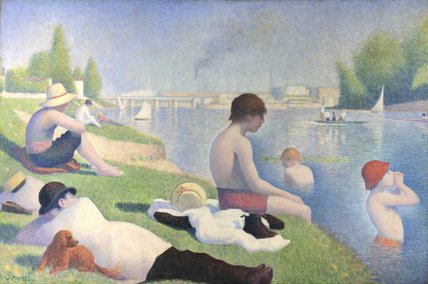
If we walk through the room 41 and 42 we will reach the room 43, where we will find many paintings of French artists, and this gigantic work by Seurat.
9.Sunflowers – Van Gogh (room 43)
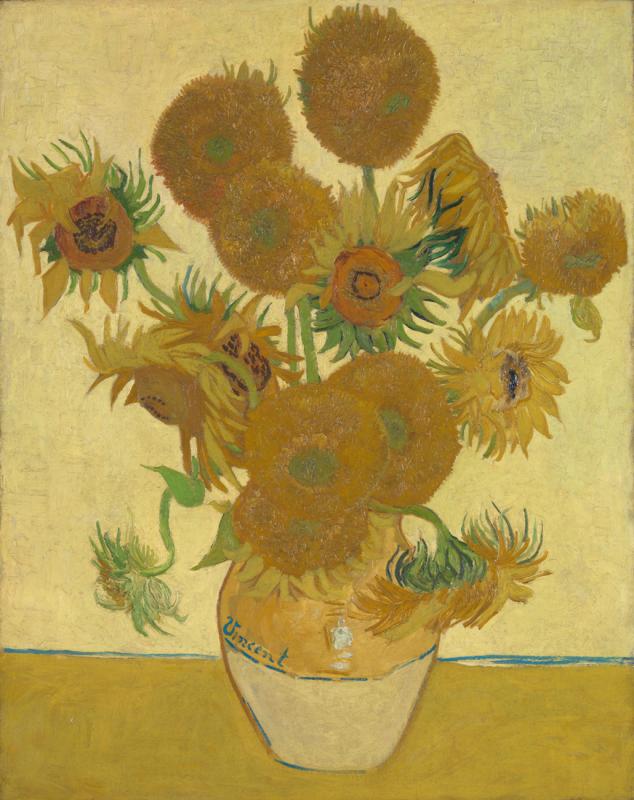
In the same room we cannot miss one of the most popular paintings of the whole National Gallery: the Sunflowers by Vincent Van Gogh.
10.Bathers at La Grenouillère – Monet (room 44)
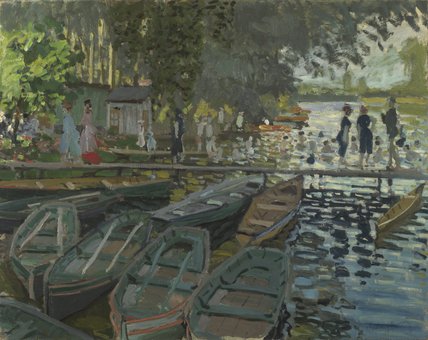
I can spend ages in these two last rooms: there are so many wonderful impressionist paintings. One of my favourite is in the room 44, this amazing work by Monet.
We have now completed our tour and we have seen the 10 must-see paintings of the National Gallery. Surely along our itinerary you will see many other paintings that deserve a mention and I would be very happy to hear what your favourites are. You can leave your comment below. They will be very useful suggestions for those who want to visit the National Gallery in a near future.

